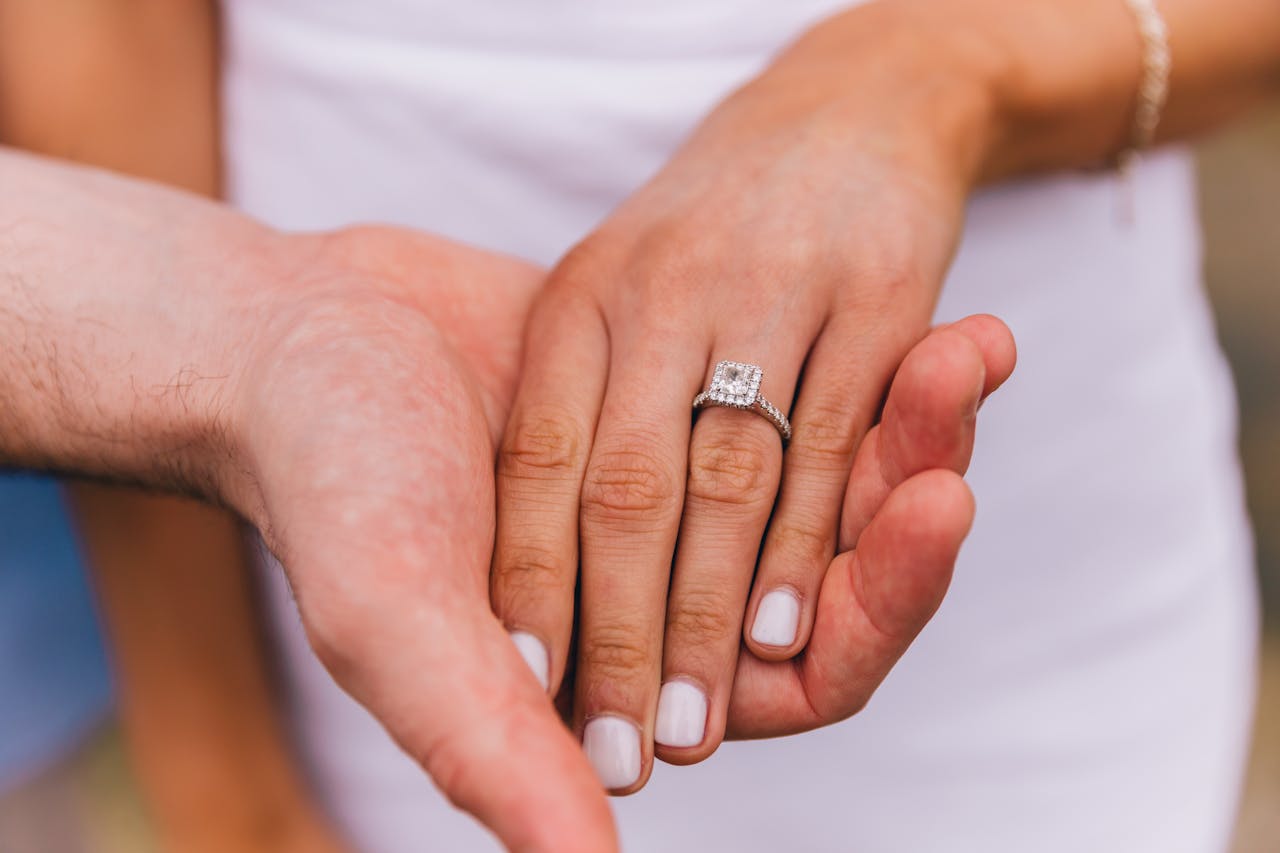
Engagement rings have been symbols of love and commitment for centuries, crossing cultural borders and changing with time. From the first accounts of betrothal tokens to the current wonders covering countless couples' fingers worldwide, the history of engagement rings is one of the most exciting traditions. In this study, we navigate the complex fabric of history, symbolism, and creativity that characterizes the development of engagement rings. Come, and let's delve into the incredible transformation of tradition into innovation, which makes love and adoration resonate from every aspect.
The world of engagement rings is where tradition is creatively interwoven with innovation, undeniably dictating the face of romance and marriage. Diamonds On Richmond is one such establishment that reflects this combination of timeless sophistication and modern style and is a leading destination for exceptional engagement rings designed with unmatched artistry and expertise.
Ancient Origins: Looking Back Upon the Past
From the first relationships to weddings in medieval Europe, the ring—which symbolizes a promise of future marriage—has a wide historical heritage. The beginnings of this craft can be dated way back to ancient Egyptian times when rings made from braided reeds or hemp were considered immortal symbols of love and marriage fidelity. In ancient Rome, the tradition of exchanging betrothal rings appeared, and inscriptions emphasized unique feelings apart from annotations and symbolic patterns. These old predecessors, in turn, gave birth to a lasting custom of engagement rings that had been ever-changing and developing as technology and time progressed.
The Renaissance of Romance
In the Renaissance, completion rings would gradually regain the meaning of a symbol and sentimentality. Rings decked with meticulously carved figures of symbolic meaning and gemstones became trendy ornaments signifying people's love and devotion. The historical association of diamonds with the concepts of purity, firmness, and lasting love solidified their fame as the ultimate symbol of engagement rings that have lasted for generations.
Revolutionizing Tradition: It Is the De Beers Effect.
De Beers' brilliant strategic marketing from the late 20th century drastically changed the engagement ring scene, a fact in which the vision of De Beers played a considerable role. Through its timeless "A Diamond is Forever" phrase, De Beers transformed the ideas of commitment rings to class diamonds as the ultimate indestructible symbol of all-time eternal love. Employing precise marketing and perfect artistry, De Beers created the diamond engagement ring, a tradition that has lasted for centuries until now. This custom is captivating people worldwide.
Innovation in Design: Defy Expectations
In the past, innovation was a significant factor in determining the development of the engagement ring. Designers and the styles of their clothes range from innovative to made-to-measure, thus presenting the fashion world with a wide variety of creations. In addition to these complex strategies, computer-aided design (CAD) and 3D printing have branched out, enabling craftspeople to perform exact and creative work. Nowadays, couples can design their engagement rings to reminisce about their one-of-a-kind love story. They are the first of their kind to bring unprecedented ranges of personalization and evolution in engagement rings.
Conclusion
How engagement rings have changed through history reflects the unceasing power of love and tradition, keeping our imagination as strong as human creativity can be. From the core, symbolism, and sentiment of origin to the modern versions, including designs beyond borders and limits, rings continue to catch hearts and embrace awe. As we journey from tradition to innovation, one thing remains constant: the love that travels with time is alive in every twist and turn of these indestructible witnesses of dedication.
* This is a contributed article and this content does not necessarily represent the views of techtimes.com





